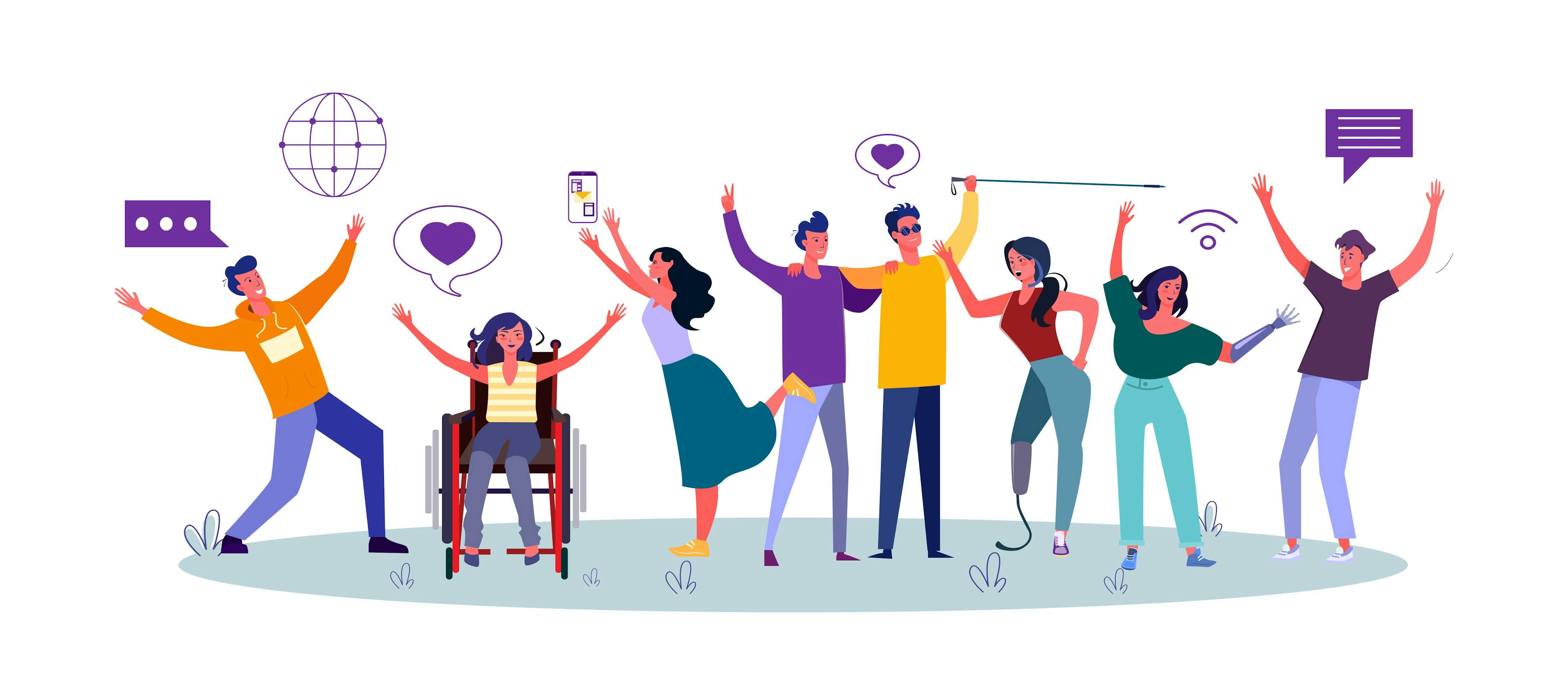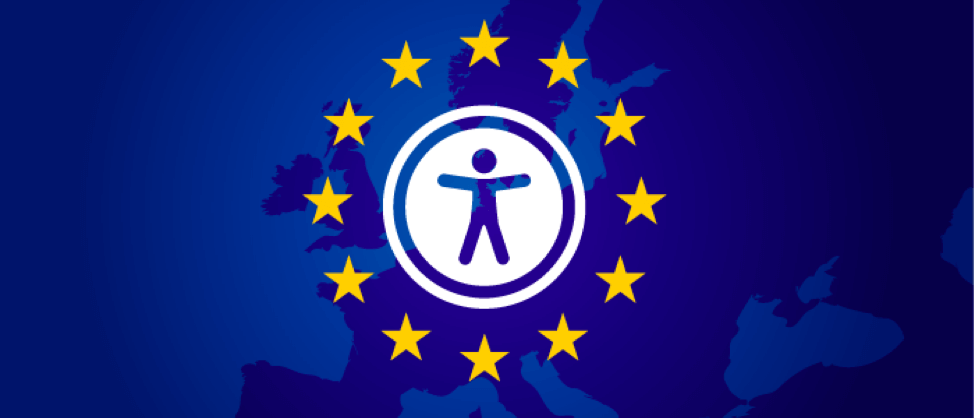Introduction
In our rapidly evolving digital landscape, web accessibility has emerged as a crucial aspect of any software (application or website) development. This post aims to demystify web accessibility, highlighting its significance and practical implementation strategies.
By the end of this read, you'll be equipped to advocate for and incorporate accessibility into your web projects, ensuring a more inclusive digital experience for all users.
1. What is Web Accessibility?
Web accessibility is the inclusive practice of ensuring there are no barriers that prevent interaction with, or access to, web applications on the World Wide Web by people with disabilities. When applications are correctly designed and developed, all users have equal access to information and functionality. Think of it as the digital equivalent of building ramps alongside stairs.

2. Why it's Important to Have Web Accessibility in Mind
The importance of web accessibility extends beyond social responsibility:
Social Impact: It's about providing equal access and opportunities to people with disabilities, which is a fundamental human right.
Legal Compliance: Many countries have laws and regulations requiring web accessibility, making it a legal imperative.
Business Benefits: Accessible websites have a broader reach, improved search engine optimization, and a stronger overall brand image. It's not just about doing good; it's also good for business.

3. Implementing Accessibility in Web Applications
Implementing web accessibility is an ongoing journey, not just a one-time effort. Below is a high-level overview of essential concepts to consider for ensuring your applications are accessible:
Follow the POUR Principles: This foundational framework ensures your content is:
Perceivable: Content is presented in ways that can be detected and understood by all users. For instance, ensure high contrast between text and background colors for readability.
Operable: Interface elements and navigation must be operable by everyone. This includes keyboard navigation and avoiding designs that could cause seizures.
Understandable: Information and user interface must be comprehendible. This means clear instructions, predictable navigation, and error guidance.
Robust: Content must be robust enough to be reliably interpreted by a wide variety of user agents, including assistive technologies.
Conduct Accessibility Audits: Regularly review your website using tools like WAVE, AXE or Lighthouse for automated checks, complemented by manual testing to identify and address accessibility issues.
Accessible Design: Integrate accessibility considerations from the start. Focus on inclusive design principles like considering color blindness, providing clear navigation cues, and ensuring a logical layout.
Content Adaptation: Adapt your content to be accessible to all:
- Use alt text for images.
- Provide captions and transcripts for audio and video content.
- Ensure all information conveyed with color is also available without color.
Technical Compatibility: Beyond keyboard and screen reader compatibility, ensure your site is responsive, and functioning seamlessly across various devices and screen sizes.
Training and Awareness: Educate your team on the importance of accessibility. Utilize resources like online courses, webinars, and guidelines from the Web Accessibility Initiative (WAI) for effective training.

EU Web Accessibility Compliance and Legislation
4. Regulations on Web Accessibility
While this overview focuses on web accessibility regulations in Europe, the United Kingdom, and North America, it's important to acknowledge that different countries may have their own specific laws and guidelines.
The following details are crucial for a broad understanding, but we encourage checking local regulations wherever your web applications are accessible.
Europe
- The European Accessibility Act (EAA) will be enforced starting from July 2025. This act mandates accessible digital products and services, including web properties, across the European Union. Member states were required to pass implementation laws by June 2022 to ensure the measures are in place by 2025. There are exceptions for older content and micro-businesses with fewer than 10 employees.
United Kingdom
- In 2018, the Public Sector Bodies (Websites and Mobile Applications) (No. 2) Accessibility Regulations mandated that all public sector websites and mobile apps be accessible. This applies to central and local government organizations, as well as certain publicly funded charities and NGOs. Compliance with these regulations is actively monitored by the government.
- Alongside this, the UK continues to uphold the principles of the Equality Act 2010. Post-Brexit, while the UK's laws are separate from the EU, they remain closely aligned with European accessibility standards, reflecting a commitment to digital inclusivity.
North America
- In the USA, the Americans with Disabilities Act (ADA) is interpreted to include web accessibility, though it's not explicitly stated. The ADA and Section 508 of the Rehabilitation Act, which mandates accessibility in federal agencies' electronic and information technology, are key legislations. In Canada, laws like the Accessibility for Ontarians with Disabilities Act (AODA) set similar requirements.
This is an overview to provide insights into the legal landscape of web accessibility in these regions. Staying informed and compliant with these evolving regulations is crucial for ethical business practices and broadening digital inclusivity.
Conclusion
Web accessibility is more than a legal mandate; it's an ethical choice that reflects our commitment to inclusivity. By prioritizing accessibility, we ensure that our digital spaces are not just compliant, but also compassionate and inclusive.
This approach doesn't just benefit a segment of the population; it enhances the digital experience for all users. In making our web applications accessible, we're not just following rules—we're building a more inclusive and equitable digital world.
